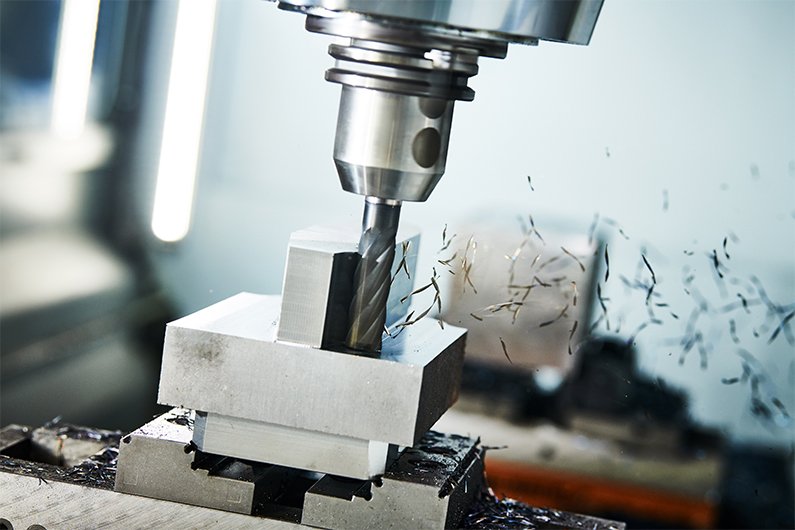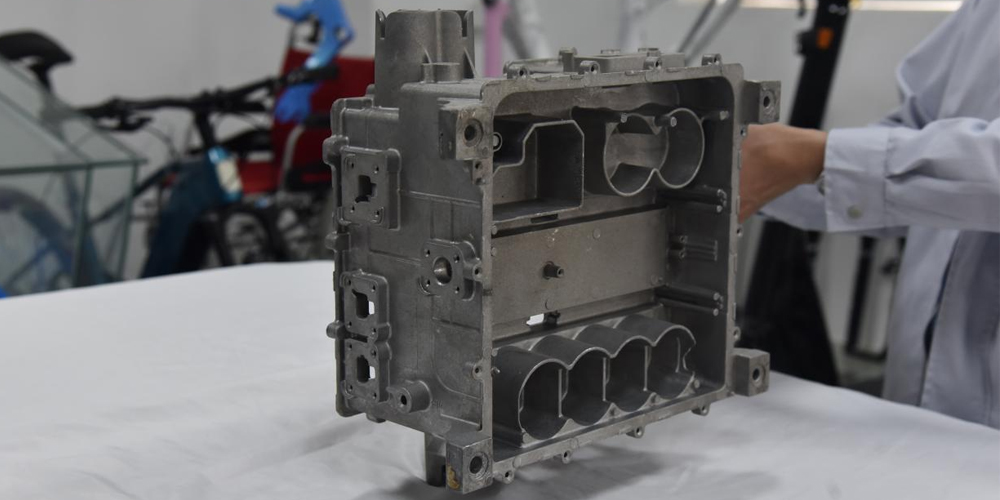Introduction:
In today’s fast-paced and innovative world, the process of manufacturing has evolved significantly. One crucial aspect of this evolution is prototype manufacturing, which plays a vital role in transforming ideas into reality. Prototypes are essential in validating concepts, testing functionality, and refining designs before mass production. This article aims to explore the significance of prototype manufacturing and its impact on various industries.
Definition and Importance of Prototype Manufacturing:
Prototype manufacturing involves the creation of a working model or sample of a product to test its design, functionality, and feasibility. It allows designers, engineers, and inventors to visualize their ideas in a tangible form and make necessary adjustments before committing to full-scale production. The importance of prototype manufacturing lies in its ability to detect flaws, evaluate performance, and identify potential improvements. It saves both time and money by minimizing the risk of errors and ensuring customer satisfaction.
Types of Prototypes:
Various types of prototypes are used depending on the purpose and complexity of the product. The most common types include:
1. Proof-of-Concept Prototype: This type of prototype aims to demonstrate the feasibility of an idea or concept. It helps in validating the basic functionality and potential of a product.
2. Visual Prototype: A visual prototype focuses on the appearance and aesthetics of a product. It may not have the complete functionality but serves the purpose of showcasing the design and attracting potential investors or customers.
3. Functional Prototype: This type of prototype emphasizes the functional aspects of a product. It closely resembles the final product and allows for thorough testing and evaluation.
4. User Experience Prototype: User experience prototypes focus on the interaction between the user and the product. They provide insights into user behavior, preferences, and usability, enabling designers to make necessary adjustments for optimal user experience.
The Prototype Manufacturing Process:
The prototype manufacturing process involves several stages, including:
1. Conceptualization: The initial stage involves brainstorming ideas, conducting market research, and developing a clear concept for the product.
2. Design: Once the concept is finalized, the design phase begins. This includes creating detailed 2D and 3D models, defining specifications, and considering material options.
3. Prototype Development: In this phase, the actual prototype is created using various techniques such as 3D printing, CNC machining, or injection molding. The chosen method depends on factors such as complexity, materials, and budget.
4. Testing and Evaluation: After the prototype is manufactured, it undergoes rigorous testing to assess its performance, durability, and functionality. Any necessary modifications or improvements are made based on the results.
Benefits of Prototype Manufacturing:
The advantages of prototype manufacturing extend beyond the development of a product. Some key benefits include:
1. Reduced Costs: Identifying and rectifying design flaws in the early stages through prototypes saves significant costs that could arise during mass production.
2. Time Efficiency: Prototyping enables faster product development cycles, allowing companies to bring their products to market quickly and gain a competitive edge.
3. Improved Design: Prototypes help in refining the design by identifying potential issues and incorporating necessary enhancements before final production.
4. Enhanced Communication: Prototypes serve as effective communication tools between designers, engineers, and stakeholders, ensuring a clear understanding of the product\’s features and functionalities.
5. Investor and Customer Confidence: A well-executed prototype instills confidence in potential investors and customers, as they can see and experience the product firsthand.
Applications of Prototype Manufacturing:
Prototype manufacturing finds applications in various industries, including:
1. Automotive: Prototypes are used to test new vehicle designs, performance parameters, and safety features.
2. Consumer Electronics: Companies utilize prototypes to evaluate user interfaces, ergonomics, and functionality of electronic devices.
3. Medical: Prototypes play a crucial role in developing medical devices, allowing for testing and optimization of their functionality and safety.
4. Industrial Equipment: Prototyping assists in developing and refining machinery, ensuring optimal performance and safety in industrial settings.
Conclusion:
Prototype manufacturing serves as a bridge between conceptualization and mass production. It enables inventors, designers, and engineers to transform their ideas into tangible products, minimizing risks and maximizing success. The process of prototype manufacturing has revolutionized various industries, allowing for faster development cycles, improved designs, and enhanced customer satisfaction. As technology continues to advance, the significance of prototype manufacturing will only continue to grow, driving innovation and shaping the future.
-

- تم إنتاج الأجزاء المعدنية المصنوعة حسب الطلب من لوحة ماك بوك الوسطى
-

- Magnesium alloy die-casting wheel for ebike
-

- Magnesium alloy Thixomolding parts for oxygen suction machine housing
-

- أجزاء ومكونات OEM مصبوبة
-

- عالية الدقة مغنيسيوم thixomolding مكونات غطاء الكمبيوتر المحمول أ
-

- دراجة رياضية للأطفال ذات جودة عالية

 0086-750-5616188
0086-750-5616188 +86 13392089688
+86 13392089688 sales@zhongmei-tech.com
sales@zhongmei-tech.com








